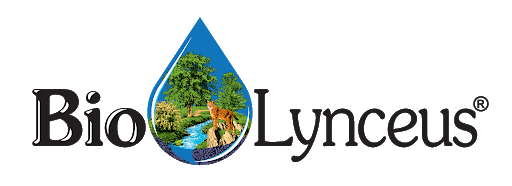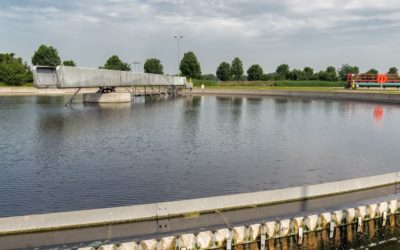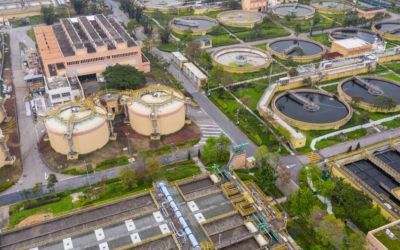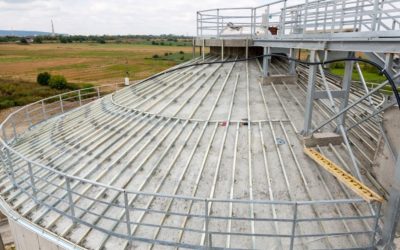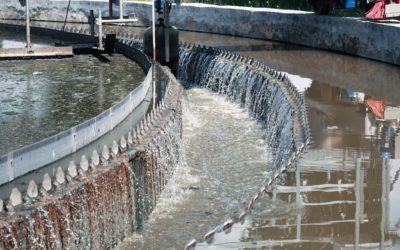Probiotic Dredging®
(970) 586-3391
We Can Help You Solve Your Sludge and Solids Problems. Call BioLynceus®, LLC Today!
Probiotic Dredging®
ProBiotic Dredging® Explained
ProBiotic Dredging® is a proprietary process utilized by BioLynceus® to remove organic materials from fresh water lakes, ponds, wastewater lagoons and waste handling systems.
For over twenty five years, BioLynceus® has been working with a variety of clients to help reduce the amount of organic material in wastewater streams and processes, open water environments and reduce the amount of organic build-up created by effluent waste water systems.
Probiotic Dredging® – How it Works:
We visit with the client to learn about their particular situation. Typically, a sludge sample and a sludge judging is completed to fully assess the sludge layers, the amount of material that has built up in the area and specifically determine the nature of the sludge.
We listen to our clients carefully to learn about the client, their business and specifically the elements that are increasing the sludge layer in their environment.
Strategically, we determine which solutions are going to be utilized and create a project plan. Solutions include use of materials that are know to reduce the amount of sludge layers and help reduce the amount of organics in the contaminated area.
What can we expect to see in our reduction of materials?
Every environment is different, but case samples have demonstrated that anywhere from 1″ to 3″ can be removed monthly. We have seen as much as 24″ in one site, so the numbers can vary depending on the environment and the specific program that is initiated.
What environments does ProBiotic Dredging® work?
ProBiotic Dredging® works well with most water environments, including waste water and fresh water. We have utilized the practices in removing contaminants and organic materials in environments around the country with success.
Can Microbes Reduce Sludge?
The Power of Lagoon Systems It is common knowledge that bacteria thrive in some environments better than others. Bacteria can only consume or degrade compounds they touch or attach to. One of the best systems to increase...
How to Reduce Sludge in a Wastewater Lagoon
Evaporative Lagoon 0.9 MGD Sludge accumulation is common in municipal lagoon systems. These processes are often overloaded with poorly degraded solids in influent wastewater flows. Toimprove solids reduction and overall treatment quality in the above lagoon systems,...
How to Reduce Sludge in An Oil Refinery
How to Reduce Sludge in An Oil Refinery Industrial Aerobic Biological Treatment Units 2 MGD An industrial oil refinery in New Mexico relied heavily on three aerobic biological treatment units (ABTUs) to process their high strength wastewater. The refinery processed...
5 Ways to Reduce Wastewater Solids
Solids are an inevitable challenge in wastewater treatment. In this article, we will share with you 5 Ways to Reduce Wastewater Solids. Even the world’s most efficient treatment systems must waste and dispose of some byproducts. The types of solids covered in this...
How to Remove Solids from Wastewater Plant Digesters
What is the Best Way to Remove Solids From A Digester? The design of a wastewater mechanical treatment plant uses the biological process to breakdown solids. The design of the waste water treatment plant (wwtp) process is concerned with the engineering design to...
Solids Handling and BioSolids Management
Have you seen our trainer's lately? The management of wastewater treatment, specifically sewage wastewater sludge and the residual sludge is a operational and management concern for sewer and treatment professionals. We provide training to wastewater treatment...
